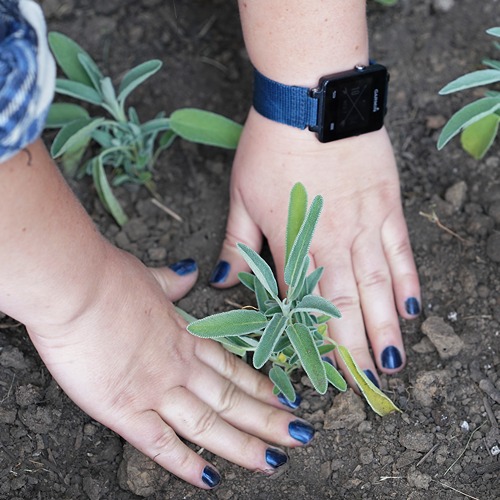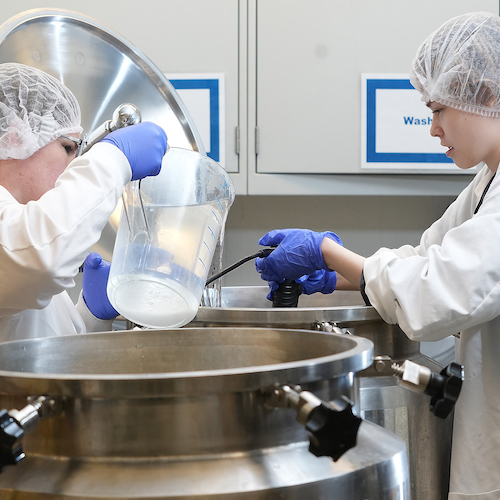Purdue University’s Agricultural Health and Safety Program released the annual Indiana Farm Fatality Summary with Historical Overview, coinciding with National Farm Safety and Health Week. The annual observance has taken place during the third week of September since 1944.
The program reported 20 work-related on-farm deaths in the state of Indiana in 2021. Data shows that tractors are the most common agent in farm-related fatalities, representing as many as 52 percent of documented cases in the past 10 years, with six reported cases in 2021. Other causes included grain entrapment, equipment runovers and entanglements, and asphyxiation by fumes in confined spaces.
This shows a decrease from the 25 cases identified in 2020, the fewest reported in the past eight years. Farm fatalities for the past 50 years continue to trend lower, likely reflecting safer machinery and work practices while also corresponding with a decline in the number of farmers.
Despite this positive trend, program members urge agriculture workers to remain diligent and follow safety protocols. No Indiana agency requires official documentation of farm-related injuries or fatalities, but prior Purdue research has indicated that each year approximately one in nine Indiana farms has a farm-work-related injury incident that requires medical attention.
Documented incidents involving those age 60 or older account for nearly half of all cases in the past five years, including 40 percent in 2021.
“Historically, farmers over the age of 60, including many who work only part-time, have accounted for a disproportionate number of farm-related injuries. Recent spikes in frequencies of fatalities over the past 10 years make this population of older farmers a special concern,” the report states.
Males comprise most fatalities, with only one female fatality recorded in 2021. One victim was a child, but historical data shows an overall decline in the frequency of farm-related fatalities involving children and youth. Ed Sheldon, report co-author and Purdue agricultural safety specialist, shared, “It is encouraging that the average number of annual farm-related fatalities continues to decline. That said, in 2021, at least 20 Indiana families and communities felt the devastating impact of losing one of their own to a farm work-related death.”
He continued, “That’s a very somber reminder that we should never become complacent in our efforts to make our farms safer places to live and work.”
As Hoosier farmers begin to harvest, program members remind farmers to keep safety a top priority. Agriculture safety guides, disaster preparedness resources and the Indiana Farm Fatality Summary can be found online for more information.
Compiled by the Purdue University Agricultural Safety and Health Program
Purdue University’s Agricultural Safety and Health Program has been monitoring farm-related fatalities in Indiana for nearly 60 years. The earliest identified summary of cases, published in 1966, examined 76 fatalities reported during 1963. Purdue’s fatality database, though acknowledged as not being comprehensive of all farm-related deaths, provides a unique historical perspective to explore trends that have occurred over several decades. During that time, the total number of farms and the number of people directly involved in production agriculture have declined considerably, while production technology and farming practices have transformed dramatically. During the 1940’s and early 1950’s the leading identifiable cause of death was livestock, primarily horses and bulls. These animal-related injuries and deaths have largely been replaced, at a much lower frequency, with tractors and machinery. The annual number of farm-related fatalities continues to show a general downward trend that parallels the decline in the number of farm operations. The reduction in the number of farm operations has likely contributed more to the reduction in farm-related fatalities than any other single factor, even as Indiana farmers have become more productive than ever.
Source: Edward Sheldon





